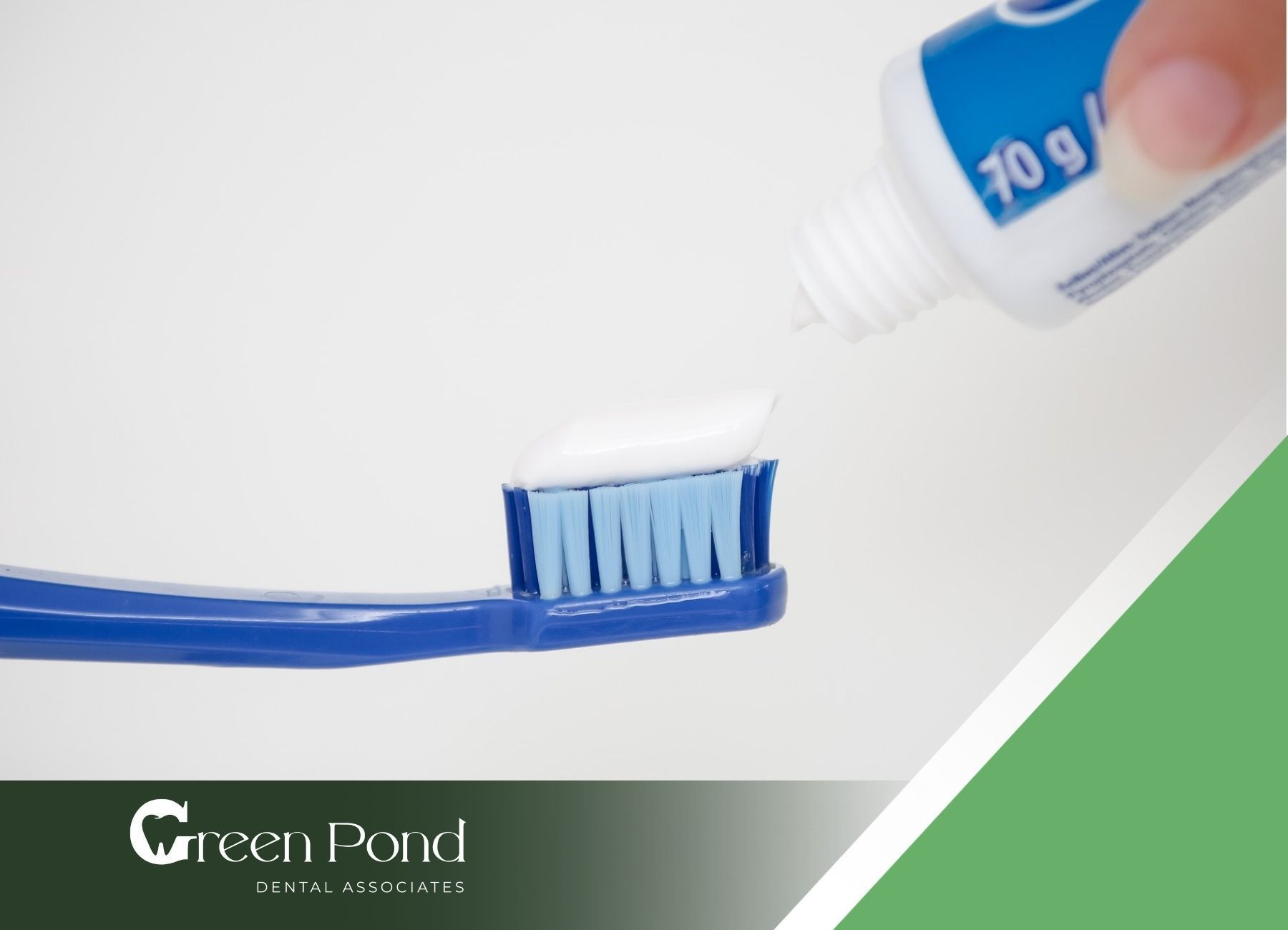Should You Get Ceramic Braces? Learn the Pros and Cons
Ceramic braces have emerged as a popular orthodontic solution for those seeking effective teeth straightening with a less noticeable appearance. But are they the right choice for you? This article explores everything you need to know about ceramic braces, including their benefits, drawbacks, and suitability for different dental needs.
What are Ceramic Braces?
Ceramic braces are a type of orthodontic treatment that uses tooth-colored or clear brackets, making them less conspicuous than traditional metal braces. While they function similarly to metal braces, their discreet design makes them an appealing option for individuals concerned about aesthetics during orthodontic treatment.
Key Components of Ceramic Braces:
- Brackets: Made from ceramic material, these are designed to blend with your natural teeth.
- Archwires: Often white or translucent to maintain the low-profile appearance.
- Elastic Bands: Available in clear or colored options for further customization.
Who Should Consider Ceramic Braces?
Ceramic braces are ideal for:
- Adults and Teenagers: Those who prioritize aesthetics during orthodontic treatment.
- Mild to Moderate Misalignments: While they are effective for most cases, they may not be suitable for severe dental corrections.
- Professionals and Public Figures: Individuals who want a discreet orthodontic solution.
Not Recommended For:
- Patients with high-risk activities: Ceramic brackets are more fragile and may not suit those involved in contact sports.
- Severe misalignments: In complex cases, traditional metal braces or other orthodontic options may be more effective.
Cost of Ceramic Braces
The cost of ceramic braces varies depending on factors such as:
- Treatment complexity
- Geographic location
- Orthodontist expertise
On average, ceramic braces cost between $4,000 and $8,000. Consult your orthodontist to get a detailed estimate and discuss payment plans or insurance coverage.
Benefits of Ceramic Braces
1. Aesthetic Appeal
One of the primary benefits of ceramic braces is their subtle appearance. The brackets and wires are designed to blend with your teeth, making them less noticeable than traditional metal braces.
2. Effective Alignment
Ceramic braces provide the same level of effectiveness as metal braces in correcting misaligned teeth, closing gaps, and improving bite alignment.
3. Comfortable Design
The ceramic material is less abrasive, reducing the risk of gum and cheek irritation compared to metal brackets.
4. Customizable Options
Ceramic braces allow for clear or colored elastics, giving patients more choices to personalize their look.
Drawbacks of Ceramic Braces
1. Cost
Ceramic braces tend to be more expensive than traditional metal braces due to the materials used and their aesthetic benefits.
2. Fragility
The ceramic brackets are more brittle and prone to breaking or chipping than metal ones. This may lead to additional appointments for repairs.
3. Staining
The elastic ties and ceramic material can stain over time if exposed to certain foods, beverages, or tobacco products.
4. Longer Treatment Time
In some cases, ceramic braces may extend the duration of treatment compared to metal braces because of their increased friction.
Maintenance Tips for Ceramic Braces
1. Practice Good Oral Hygiene
Brush and floss regularly to avoid staining and maintain the braces’ appearance. Use an orthodontic toothbrush and water flosser for optimal cleaning.
2. Avoid Staining Foods
Limit consumption of coffee, tea, red wine, and highly pigmented foods like curry and berries. If consumed, rinse your mouth immediately afterward.
3. Attend Regular Appointments
Visit your orthodontist for scheduled adjustments and maintenance to ensure effective treatment.
4. Use Protective Measures
If playing sports, wear a mouthguard to protect your braces from potential damage.
Alternatives to Ceramic Braces
If ceramic braces don’t seem like the right fit, consider these alternatives:
1. Metal Braces
Traditional and durable, they are often the most cost-effective option for comprehensive orthodontic treatment.
2. Invisalign
Clear aligners provide a removable and nearly invisible solution but may not be suitable for complex cases.
3. Lingual Braces
Placed on the inside of teeth, these braces offer discreet treatment but may take longer to adjust to.
Conclusion
Ceramic braces offer an excellent balance of aesthetics and functionality, making them a popular choice for individuals seeking a discreet orthodontic solution. They effectively straighten teeth while maintaining a subtle appearance, ideal for teens and adults alike.
However, factors like cost, fragility, and maintenance should be carefully considered. If you’re unsure whether ceramic braces are the right fit for you, Green Pond Dental can help. We specialize in orthodontic treatments tailored to your needs, including ceramic braces and other advanced options. Schedule a consultation today, and let’s work together to achieve your best smile! Call or visit us to learn more about our services and payment plans.
FAQs
Are ceramic braces suitable for all age groups?
Yes, ceramic braces are ideal for both teens and adults, especially those concerned about aesthetics during treatment.
How long does treatment with ceramic braces typically take?
The treatment duration varies but generally ranges from 18 to 36 months, depending on the complexity of the case.
Do ceramic braces hurt more than metal braces?
No, the level of discomfort is similar to that of metal braces, and any initial soreness typically subsides within a few days.










